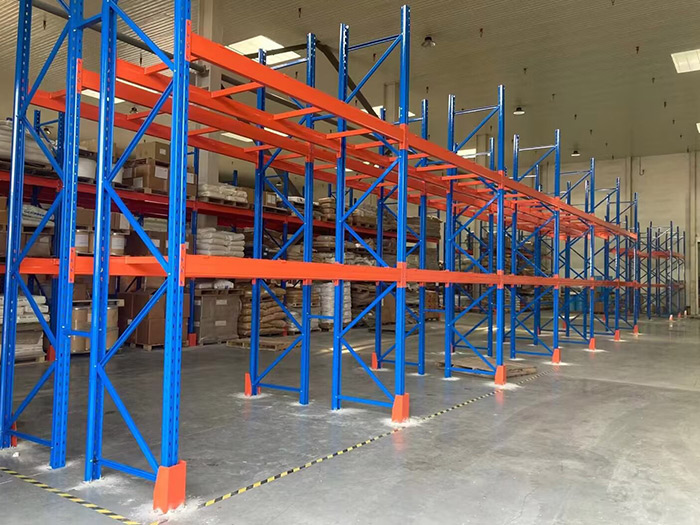In the ever-evolving world of fashion, the quest for high-quality materials is a pursuit that transcends mere aesthetics. The fabric we choose not only defines the look and feel of our clothing but also impacts durability, comfort, and sustainability. As consumers become increasingly discerning, understanding what constitutes the highest quality material for clothes is essential. This article delves into the characteristics of premium fabrics, explores various high-quality materials, and offers insights into their applications in the fashion industry.
The Characteristics of High-Quality Fabrics
Before we dive into specific materials, it’s crucial to understand the attributes that define high-quality fabrics. Here are some key characteristics:
- Durability: High-quality materials should withstand wear and tear over time. This includes resistance to fading, tearing, and pilling.
- Comfort: Fabrics should feel good against the skin. Breathability, softness, and moisture-wicking properties contribute to overall comfort.
- Sustainability: With a growing emphasis on eco-friendly practices, sustainable materials are becoming increasingly important. High-quality fabrics often come from renewable sources and are produced with minimal environmental impact.
- Aesthetic Appeal: The visual and tactile qualities of a fabric—such as its drape, sheen, and texture—play a significant role in its perceived quality.
- Versatility: High-quality materials can be used in various applications, from casual wear to formal attire, without compromising their integrity.
Exploring High-Quality Materials
Now that we have established the characteristics of premium fabrics, let’s explore some of the highest quality materials available in the fashion industry:
- Silk
Silk is often regarded as the epitome of luxury fabric. Known for its natural sheen and smooth texture, silk is derived from the cocoons of silkworms. Its lightweight nature and breathability make it ideal for both warm and cool climates. Additionally, silk drapes beautifully, enhancing the silhouette of garments. However, it requires careful maintenance, as it can be prone to staining and damage from sunlight.
- Cashmere
Cashmere, sourced from the undercoat of cashmere goats, is synonymous with warmth and softness. This luxurious fiber is lightweight yet incredibly insulating, making it a favorite for sweaters and scarves. The rarity of cashmere contributes to its high price point, but its durability and timeless appeal justify the investment. When purchasing cashmere, look for “Grade A” cashmere, which indicates superior quality.
- Merino Wool
Merino wool is celebrated for its fine fibers and exceptional breathability. Unlike traditional wool, Merino is soft against the skin and does not cause itching. It possesses natural moisture-wicking properties, making it suitable for activewear as well as everyday clothing. Additionally, Merino wool is biodegradable, aligning with sustainable fashion practices.
- Linen
Linen, made from the flax plant, is one of the oldest textiles in the world. Its natural fibers are known for their strength and durability. Linen garments are highly breathable and have a unique texture that becomes softer with each wash. While it tends to wrinkle easily, many fashion enthusiasts appreciate its relaxed aesthetic. Linen is an excellent choice for summer clothing due to its cooling properties.
- Tencel (Lyocell)
Tencel, a brand name for Lyocell, is a sustainable fabric made from wood pulp, primarily sourced from eucalyptus trees. It is known for its silky feel and excellent moisture management. Tencel is biodegradable and produced in a closed-loop process that minimizes environmental impact. Its versatility allows it to be blended with other fibers, enhancing the quality of various garments.
The Importance of Fabric Blends
While individual materials have their unique qualities, fabric blends can elevate the overall performance of clothing. For instance, a cotton-polyester blend combines the breathability of cotton with the durability of polyester, making it ideal for everyday wear. Understanding the benefits of these blends can help consumers make informed choices when selecting high-quality clothing.
Conclusion: Making Informed Choices
In conclusion, the highest quality material for clothes is not a one-size-fits-all answer. It depends on the intended use, personal preferences, and values regarding sustainability. By understanding the characteristics of high-quality fabrics and exploring options like silk, cashmere, Merino wool, linen, and Tencel, consumers can make informed decisions that align with their lifestyle and ethical considerations.







